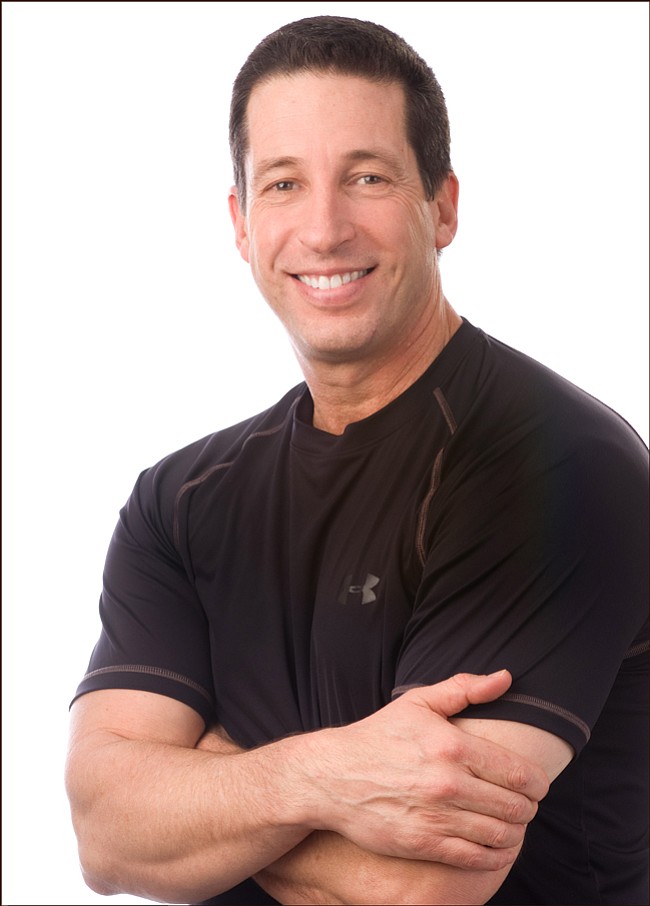When I address larger groups of people on the various merits of exercise, a recurring question frequently asked of me is, “Is it good for my body if I only want to walk?”
My answer,will always remain the same – emphatically, absolutely and unequivocally: “Yes!”
Although it’s debatably a spectator sport, tune in to the Olympics at the end of the month to appreciate the leg strength and impact power walking has on the muscularity and lean body mass of athletes who make walking serious business.
Even though it’s a sport that will never garner the support of its own team of cheerleaders, walking is well worth it and allows individuals pursuing various fitness goals the control and ability to dial up or dial down the intensity of their effort by altering the speed, terrain, use of implements (hand weights, weighted vests) or distance travelled to have significant effects on heart rate, calories burned and other metabolic changes.
Other benefits of walking include:
• Creating an increase in your high density lipoproteins — a.k.a. the “good fats”
• Lowering hypertension — high blood pressure
• Lowering your risk of or managing Type II diabetes
• Improving your mood (increase in body’s natural endorphins, the “feel good” opiates)
• It’s low impact nature is gentle on joints
For those beginning a walking program, there are a few basics to practice that will make the experience an enjoyable one — the most important being: start slowly. One of the greatest obstacles to any fitness program is what I refer to as “over enthusiasm,” where the first effort is performed at an intensity so severe that the ensuing soreness discourages an individual trying again.



